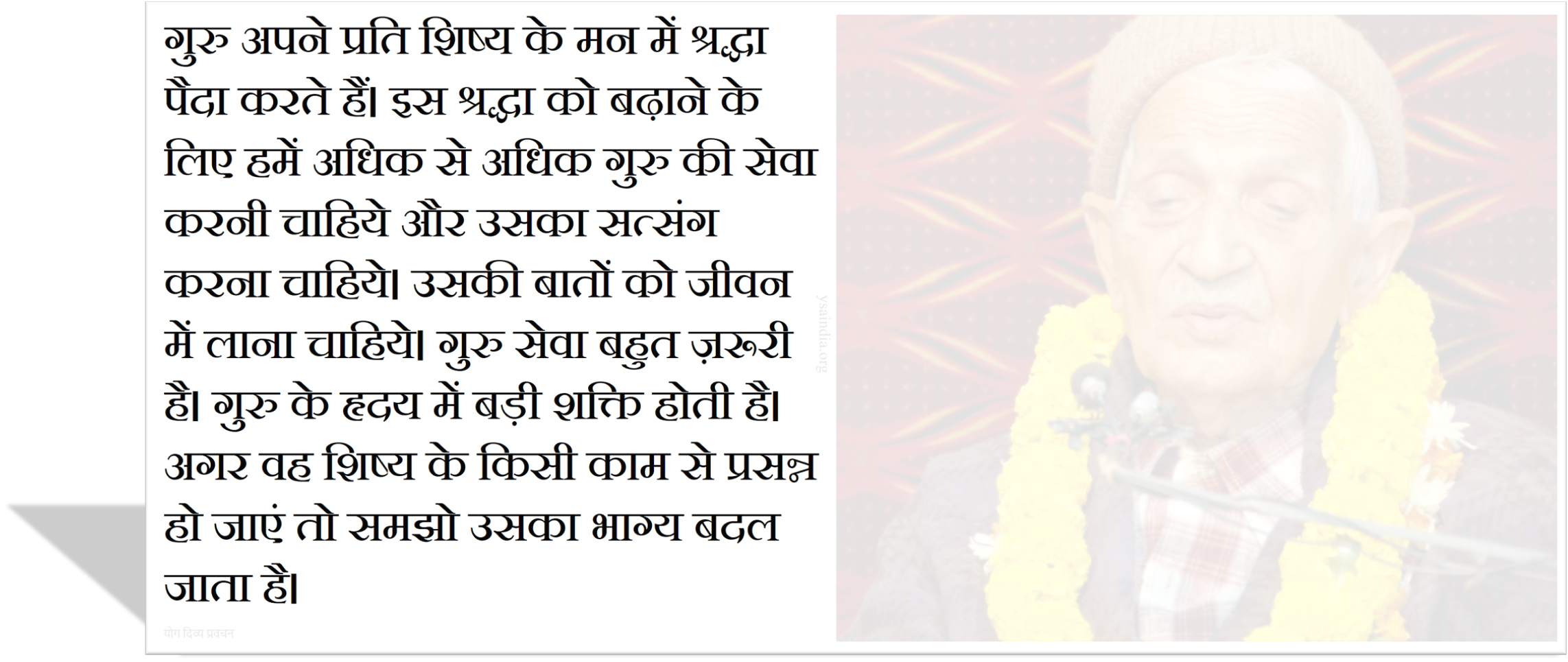The term cold is popularly given to inflammation attacking the delicate lining of the nose or upper air-passages.
“The common cold is not in itself a dangerous malady, that is, we do not die from an uncomplicated cold in the head, but it may be the starting-point of so many more serious troubles that its importance must not be minimised. When people are talking of some illness, we often hear the expression, ‘It began with a cold,’ and it is certain that the cold, attacking what we might call the portals of the system – the nose and throat – by which most of the infecting bacteria gave entrance to the body, is capable of weakening a very important point of defence”. Then, too, colds have a tendency to become chronic, when, as we shall see later, they may be the cause of persistent poor health.
If for no other reason, colds, on account of their frequency and discomfort, are worth studying with a view to prevent them. The victim of an acute cold is a miserable picture; his nose runs or refuses to run alternately, his eyes water, his ears buzz, his voice is thick and those consonants whose sound production depends on a nasal note, such as ‘M’& ‘N’ are distorted.
That colds are so common is, of course, due to their highly infective nature. Most infectious conditions, such as common fevers, confer a certain degree of immunity to the victim, that is, you cannot get one of them twice except at a considerable interval, and with some, the immunity period is very long or, in the case of chickenpox, lasts throughout life. With colds, however, the immunity given is so short as to be no safeguard; in fact many people suffer from a series of colds during the winter months.
An effective cure of this disease, however, exists in no system of medicine so far discovered. Every country spends a huge sum annually on the medicines meant for the cure of colds but they still persist and constantly undermine the health of people. But the Indian Yogis, who lived in all sorts of favourable and unfavourable climates and practised penance even over the snow clad tops of the Himalayas, had heroically and scientifically faced the problem of colds and discovered an excellent method of Yoga practice which is both preventive and curative. ‘Neti’ is the name that they gave to this practice. It means a practice of ‘unlimited benefits’. And rightly did they call it so; the mischief of cold and catarrh, as we shall see, knows no bounds and the ‘Neti’ nips them in the bud. It is an infallible ‘Sadhana’ that our Yogis have left for us and we should be grateful to them for this. Before actually learning the ‘Sadhana’, it is necessary to understand the nature of colds and how they act.








